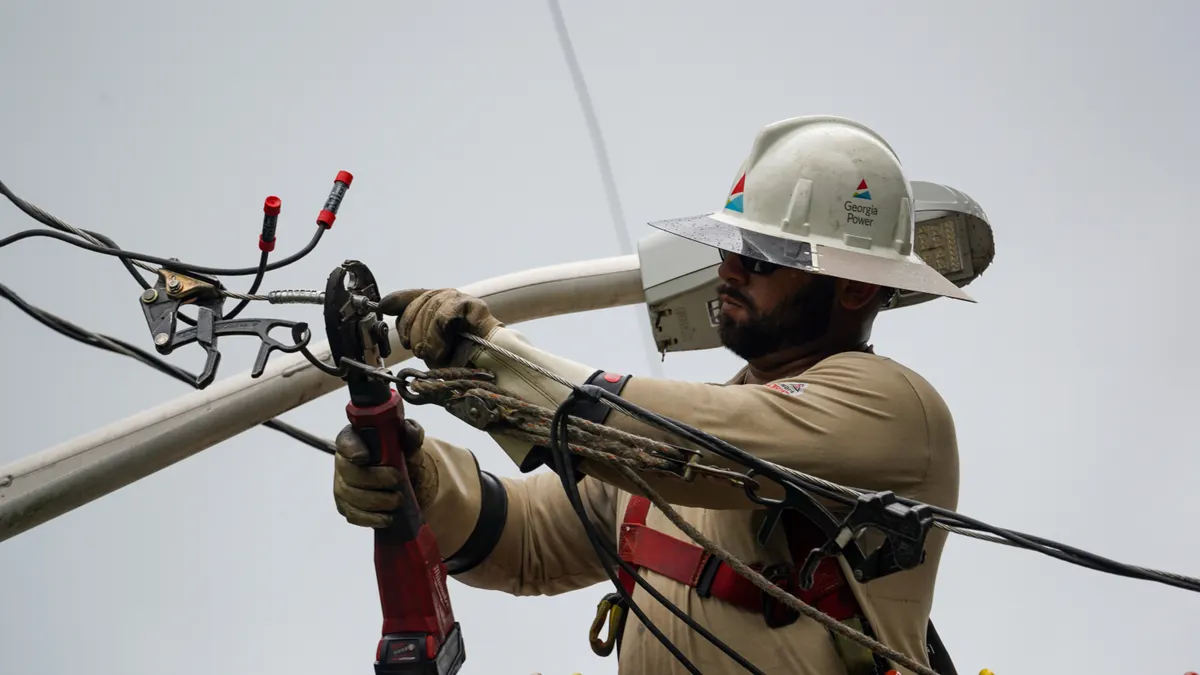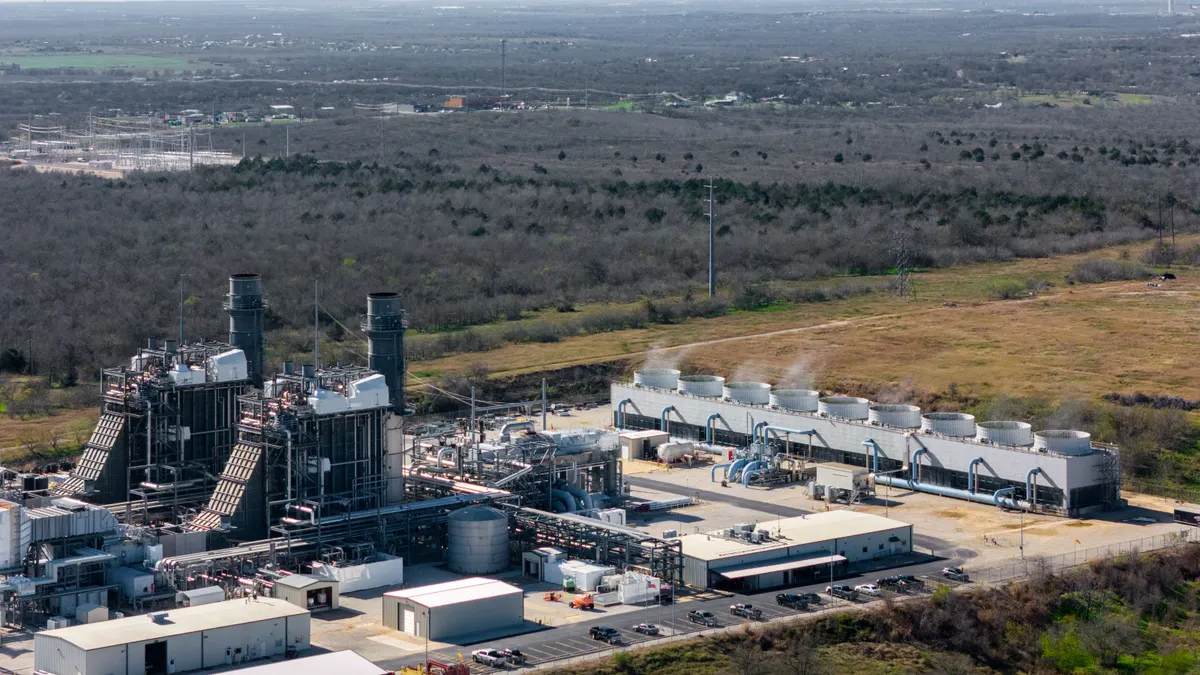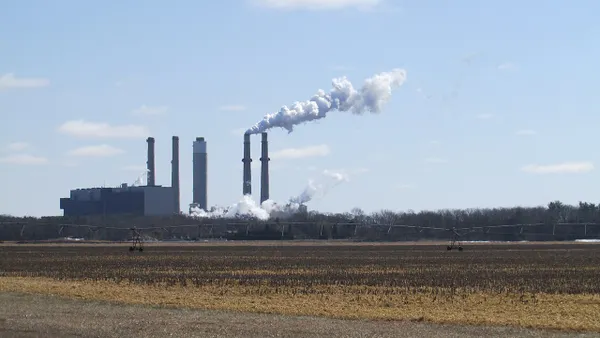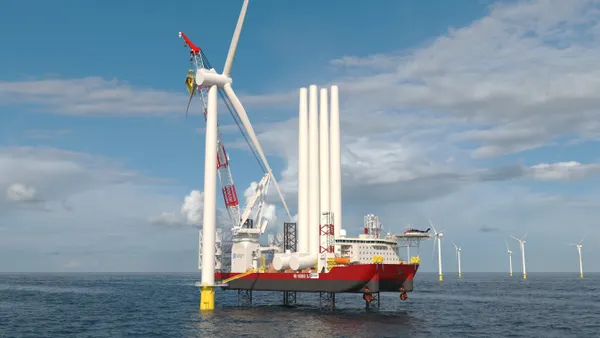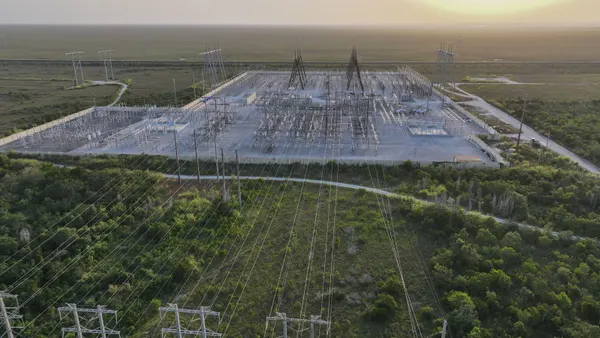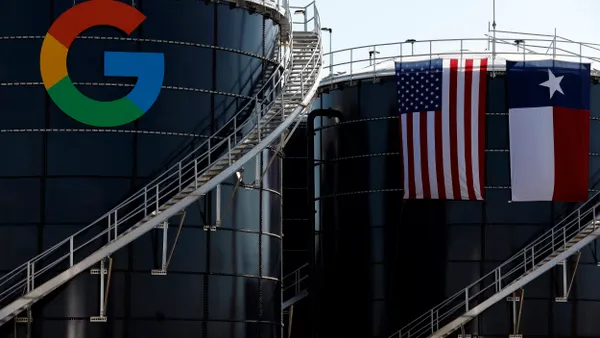Dive Summary:
- As more solar and wind generators come online to fulfill a legal mandate to produce a third of California's electricity by 2020, there will be an increased demand for more backup power from fossil fuels.
- The state's current electricity system will be able to handle the fluctuations in power for its current renewable output, but by 2020 the wind and solar complexes will sprawl across the state and the problems in consistent energy distribution will become more severe.
- The California Independent System Operator, the company that runs the grid, says that the state will need to double its reserve power capacity by 2020, all the way from its current 7 percent margin to 15 percent.
From the article:
Wind and solar energy are called intermittent sources, because the power they produce can suddenly disappear when a cloud bank moves across the Mojave Desert or wind stops blowing through the Tehachapi Mountains. In just half an hour, a thousand megawatts of electricity — the output of a nuclear reactor — can disappear and threaten stability of the grid.
To avoid that calamity, fossil fuel plants have to be ready to generate electricity in mere seconds. That requires turbines to be hot and spinning, but not producing much electricity until complex data networks detect a sudden drop in the output of renewables. Then, computerized switches are thrown and the turbines roar to life, delivering power just in time to avoid potential blackouts. ...



